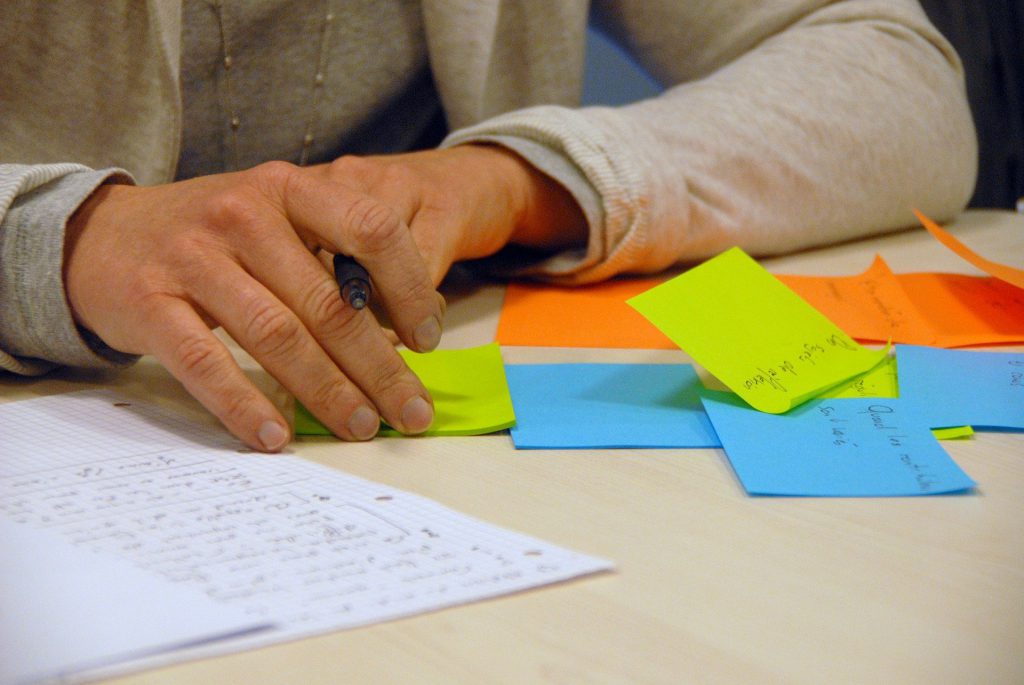Planning Poker
Which is the most common use of planning
poker; here’s for more on user stories. Remove the hassle of manually updating estimates in Jira and sync them with just one click. Gain agility when running your online planning poker with Miro’s many tool integrations.
- On the other hand, you can’t build something for which the technology doesn’t yet exist.
- So be careful about disclosure of story point during selection time.
- Work in one shared space, and move teams toward the same objectives, surfacing dependencies and anticipating what’s next.
- The objective of this stage is to discuss any differences and reach a consensus on a single score for a given piece of work to represent the team’s collective effort estimation.
- All participants can reference estimates and discussions in the tool at any time after the meeting, and they instantly receive a meeting summary by email.
- According to one study, estimates from planning poker are statistically higher than individual ones.
For an agile software organization, stakeholders can include a product owner, developers, UX designers, QA testers, and product managers, among others. These planning poker cards display values like 1, 2, 3, 5, 8, 13, 20, 40 and 100 (the modified Fibonacci sequence). The values represent the number of story points, ideal days, or other units in which the team estimates.
Is planning poker free in Miro?
Estimation poker is often time-boxed to keep it as short as possible, but there is also value in allowing the technical solution to be discussed thoroughly. The level of depth to go into is a trade-off decided by the teams. Estimates are not directly valuable to a business in the way that features are. Teams should be estimating for a clear purpose, to help make a decision or verify a plan. Once your team have discussed a feature and exchanged perspectives there is little else for them to gain.
Think about how you can use planning poker cards to get your relevant stakeholders to estimate the relative size of each customer theme in your product roadmap. It will be a fun way to get a big-picture consensus of your organization’s product vision. Before anyone gets too excited and starts buying poker chips, we should explain that this isn’t normal Poker, per se.
Step-04: Playing Cards
A user story is a general and informal explanation of a software feature that describes how it will offer value to the end-user (i.e. the customer). Often, management pressures product development teams to improve the accuracy of their predictions – but it’s easier said than done. These teams not only have to put effort into determining how to estimate, but they also have to pick the right timing to do it. One technique that can simplify estimation in agile is scrum poker.

Planning poker helps improve team accuracy when making estimates, which means better project planning and delivery! If you’re interested in inclusive prioritization, here’s a blueprint on how to decentralize decision-making with data. In a Planning poker session, every team member assigns a value (or holds a card) to represent the estimated effort they believe is required to finish a certain task. If only there was a way to skip the headache that comes with backlog prioritization meetings…
The product manager begins the process by describing the user story to the estimators. This helps the estimators gain a better understanding of the product features. The estimators can also ask questions in case a certain feature isn’t clear to them. If your scrum team is struggling to estimate the time and work required to deliver a product or feature in an agile way, why not give planning poker a try?

Variations that use rounded numbers are motivated by a need for round numbers in reports, however, we favour reporting only the forecast delivery dates and doing so in units of time. We expect this to prevent comparisons of teams based on velocity, which are rarely meaningful. You can estimate the effort required to complete tasks like coding, testing and documentation. Planning poker was invented by James Grenning, a software development consultant and co-creator of the Agile Manifesto, apparently after a particularly slow meeting. The method was then made popular by Mountain Goat Software’s Mike Cohn, a founding member of the Agile Alliance. When played online, members are together in a real-time estimation “room” or “session” and their cards are displayed on the screen.

So, even if you’ve never had to perform a particular task before, you can look back at past tasks and find a similar one, using it as a benchmark. Once the team has thoroughly discussed everyone’s choices, the estimators repeat the estimation process, reselect a card, and show them simultaneously. The team repeats this process until they reach a consensus, or the group decides they need to table the Agile estimation and planning pending additional information. Research suggests a group estimate tends to be more optimistic than the forecast that the group’s members would come up with in isolation. In this way, the discussion portion of a planning poker meeting can lead to a team talking itself into believing it can accomplish more with less time than they actually can.
To understand the scope and size of a project, the whole team is encouraged to write user stories and create initial estimates of the work. The whole team includes the developers (team members), Scrum Master, and product owner. Planning Poker, also known as Estimation Poker, is an effective tool for relative estimation of complex empirical work, such as engineering or software development. It is a quick and efficient way to get the data you need to produce a plan.


0 comment